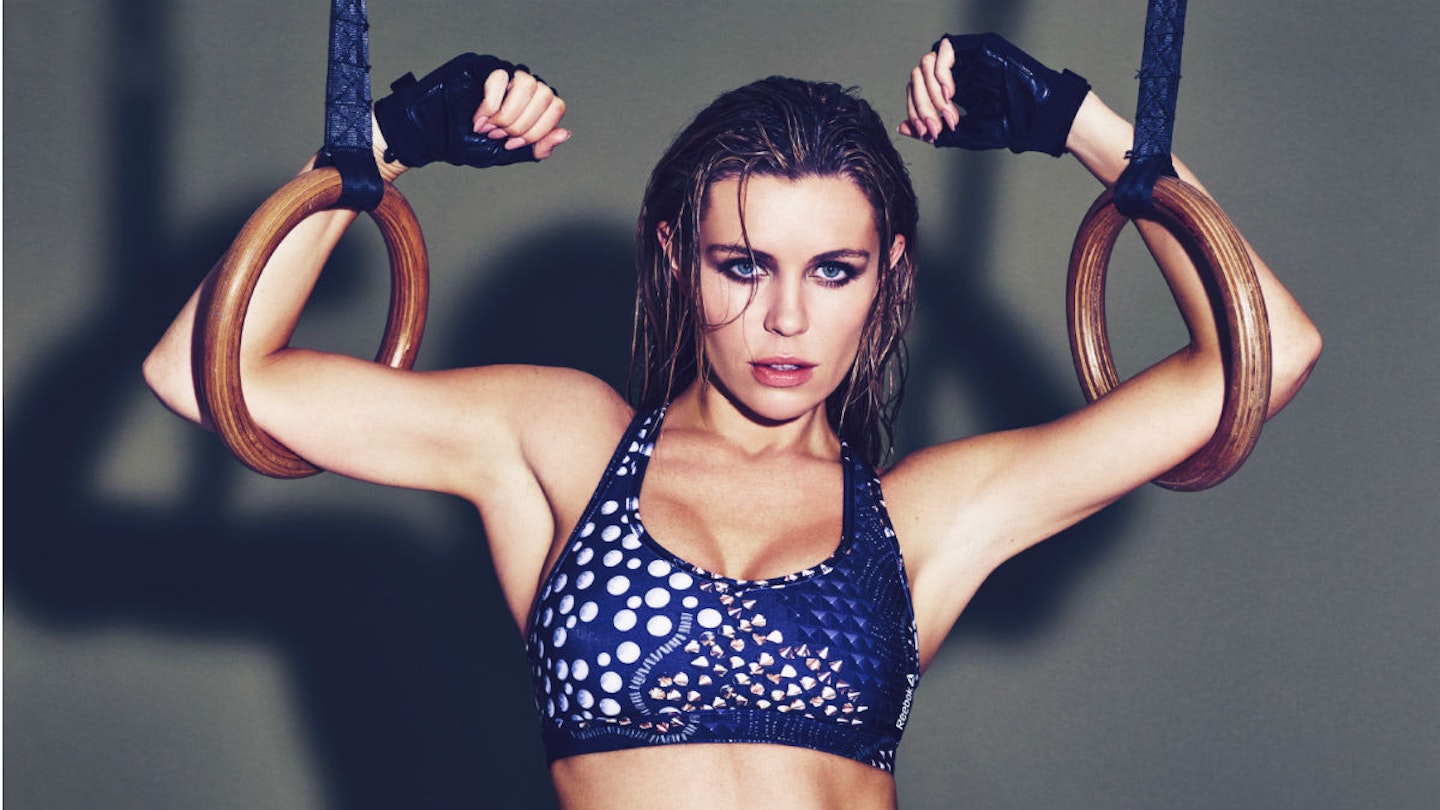**David Lloyd fitness experts Elaine Denton and Kirsty Beavis tell Closer how best to get fit after pregnancy **
1) Always make sure you have spoken to your GP/ Health Care professional when you decide to start exercise again- or are embarking on a new form of exercise- your 6 week/12 week (c-section) post natal check is the ideal time to discuss this. Remember your body has been through massive changes over the past 9 months so do not expect it to be like your pre baby self for a while.
2) If you are working out in a gym, or want to work with a PT at home, seek advice from a Pre/Post natal qualified trainer, who can assist you with the modifications required to exercise as your body recovers from having a baby
3) Don't expect to get back to fitness or your pre pregnancy body over night! Pregnancy and child birth are quite traumatic on the body so it needs time to recover. Set yourself a main goal (getting back into your jeans) and set some targets to help get you there- i.e walking for 10-30 minutes per day
4) Don’t push yourself too hard too soon- starting with small amounts of exercise daily- whether that’s 10 mins a day, or 3 x 10 mins a day- find out what works for you
5) Mastering good postural and spine alignment is key - Unless you have been specifically exercising the area’s which are prone to weakening during pregnancy, your pelvic floor and back strength may not be great right now. Working on your posture, strengthening your back, core and pelvic floor should be one of the first areas you work on post pregnancy. This will help you stop getting injuries (back, shoulder, or neck), help you have a pelvic floor that doesn't leak, maintain a strong stable core, and be able to lift weights safely
6) Get Walking- it’s free and great exercise, especially if you are using your pushchair for resistance! It’s a great calorie and fat burning activity when performed for longer intervals, and you can buy pushchairs suitable for running/walking with too- so no need to worry about childcare!
7) Incontinence can impact on your activity programme. The pelvic floor takes a minimum of 4-6months after pregnancy so avoid high impact activities, such as running, jumping, and burpees. Focus on low or no impact exercises and activities until function is restored - E.g body weight exercises, TRX suspension training, light or moderate weightlifting, walking, biking, swimming and Pilates
8) Abdominal Muscle Separation –this is when your muscles separate to let the baby grow, and they don’t just spring back to normal! The body's natural healing of a separation seems to occur within the first 8 weeks after having a baby. You should take advantage of this 8 week window and prescribe corrective exercise during it- pelvic tilts, planks, leg extensions are all great when performed with correct technique and good control. This can help ensure the separation comes back to normal range within the 8 week window- crunches and sit ups, can increase the separation in the stomach! Refrain from pushing or lifting too heavy! As this will increase the risk of doming in the stomach
9) If you go to Group Exercise classes, always inform the instructor that you are post natal, as some of the exercises you may need to modify- eg crunches should be replaced for the plank and plyometric moves like Burpees will need to modified.
10) Be aware that the hormone Relaxin is still present in the body for up to 8 -12 months after the birth. This increases the laxity of connective tissues, and help widen the pelvis to give the baby room to grow and be born. So still take care with stretching and mobility after the birth because you will still be hyper mobile, which can lead to muscle strains, and the onset of other conditions in later life
Some extra’s!
Drink lots of water - hydration is key to weight loss, helping digestion and suppressing your appetite. If you can press your skin and it does not spring back quickly, you might be dehydrated. Aim for 8 glasses a day.
Eat lean protein - replace fatty meals with leaner options like chicken or fish. Wild Alaskan salmon is a great source of omega 3s which has been shown to reduce inflammation and help with weight loss. Women breastfeeding should limit tuna intake and avoid swordfish due to mercury levels
Rest and sleep! Possibly wishful thinking support from family and friends to help you have a break. Sleep will help aid weight loss and repair of muscles after those workouts.
Throughout February, David Lloyd Leisure are offering a 7 day free pass to those who hand in their old fitness DVDs and Videos which will be donated to the British Heart Foundation
